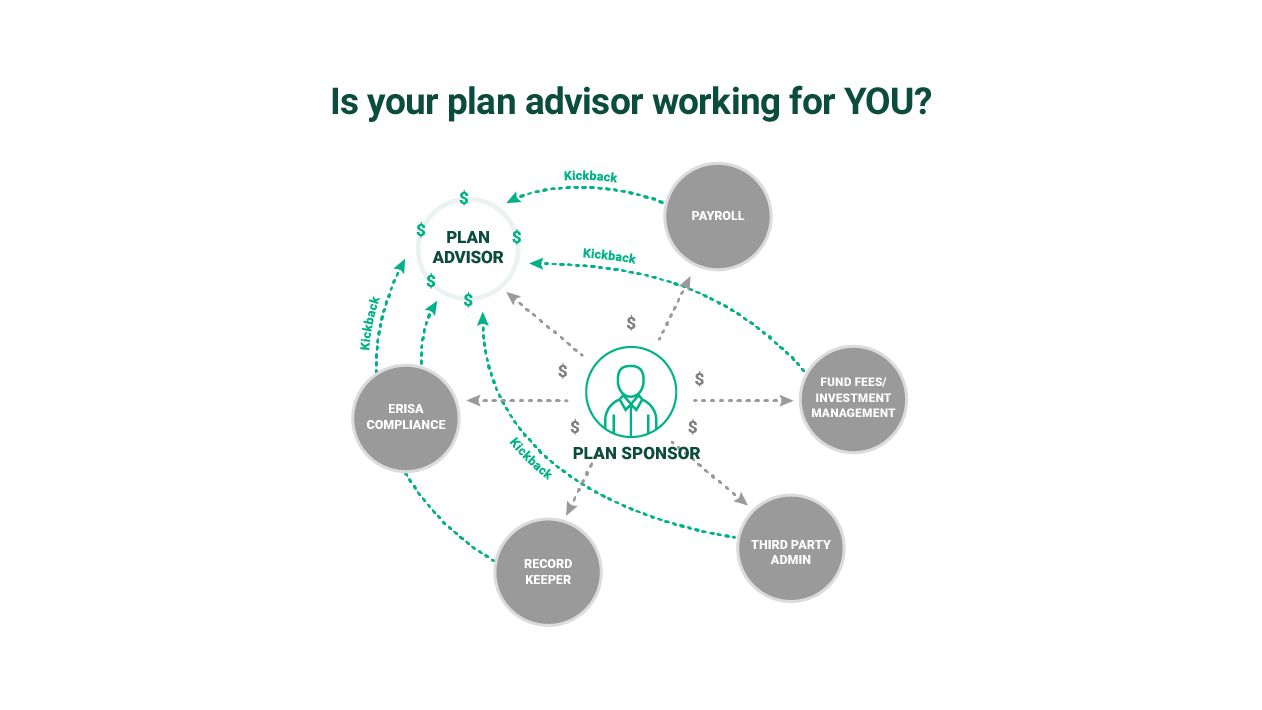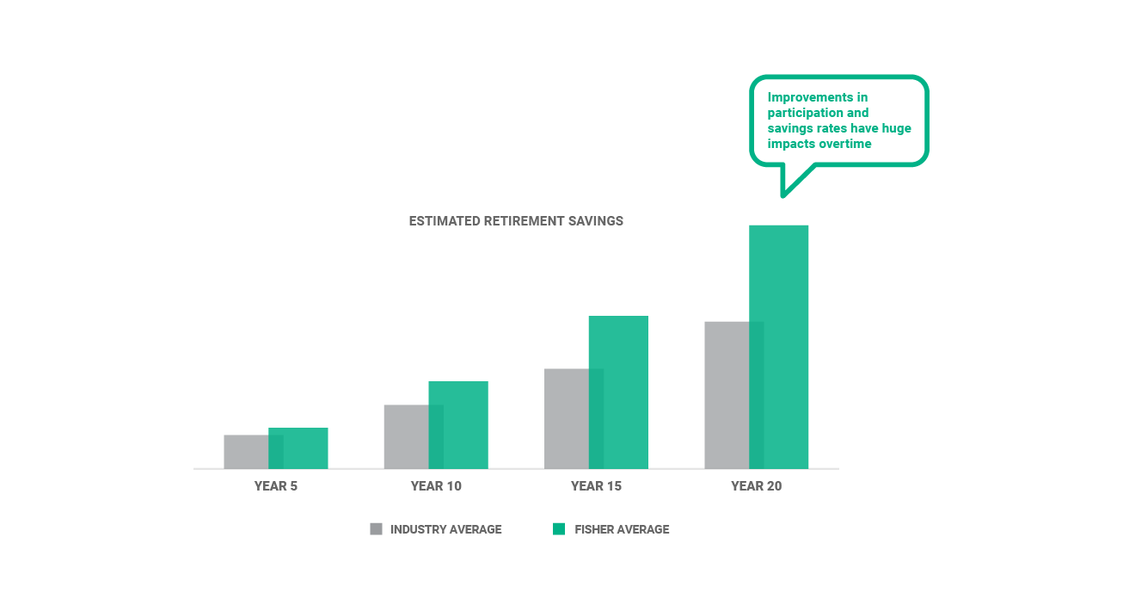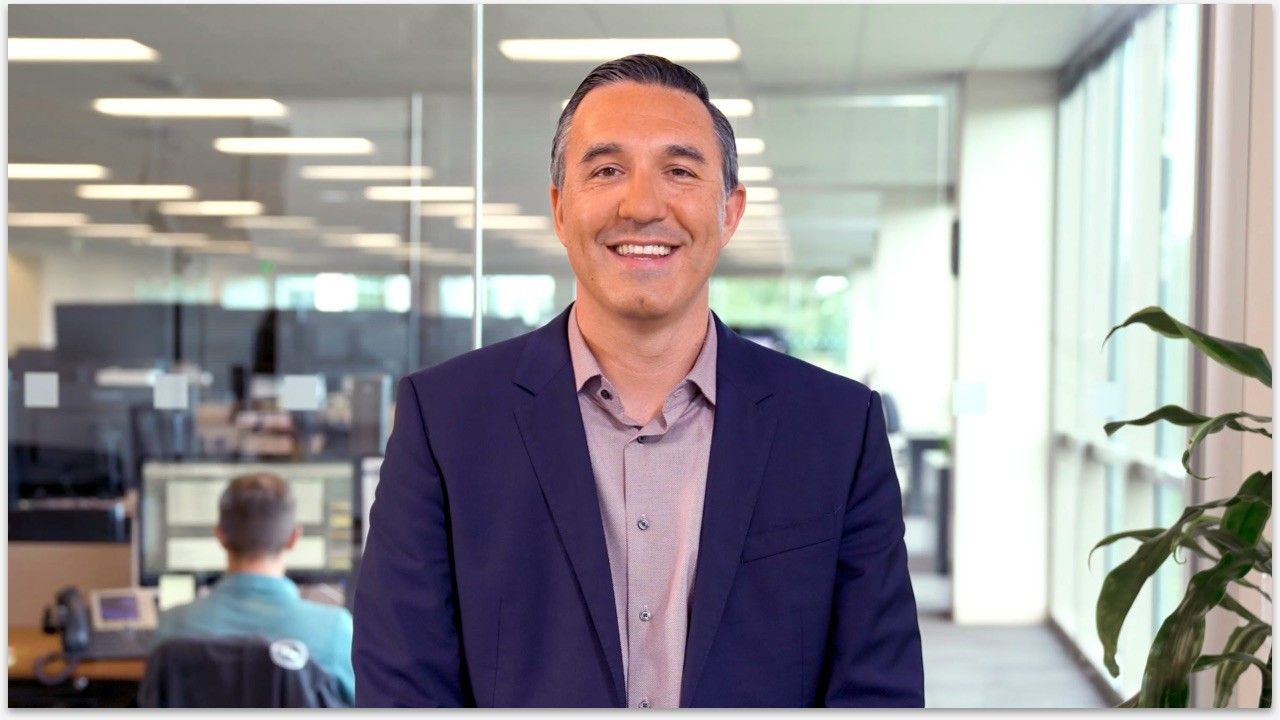Business 401(k) Services / 401(k) Plan Optimization
9 Essential Questions About Safe Harbor 401(k) Plans
An owner’s ability to maximize personal 401(k) savings depends on the participation of rank-and-file employees. The less they participate and contribute, the less owners can contribute themselves.
Awareness campaigns and employee education can help, but many owners find that adding a safe harbor contribution is the difference-maker they’re looking for.
What Is a Safe Harbor?
For a ship, a safe harbor provides protection from high winds and rough seas. For a retirement plan, it prevents compliance testing from battering your retirement plan.
Compliance testing is meant to ensure balance. If highly compensated employees receive a disproportionate amount of contributions into a 401(k), it’s considered “top heavy” and will fail compliance testing.
A safe harbor offers protection by requiring your company, and sometimes employees, to contribute more to the company 401(k). More money going into retirement accounts for non-highly compensated employees means you can put more money toward the accounts of owners and highly compensated employees and stay in balance.
What Is Compliance Testing?
All 401(k) plans are required to undergo annual compliance testing to confirm that the plan isn’t unfairly favoring owners and highly compensated employees over non-highly compensated employees. Why does the U.S. federal government care about this balance? It’s because businesses receive tax benefits for offering and administering their plan.
In 2023, a highly compensated employee is anyone making more than $150,000 per year or is a 5%+ owner.
Depending on the type of plan and how it’s administered, compliance testing can be time and labor intensive. If a plan fails a compliance test, you then have to spend more time and dollars redistributing funds and making changes to your plan.
To learn more about compliance testing and how it can be addressed with a safe harbor contribution, download our Safe Harbor Guide.
What Is a Top-Heavy Plan?
A 401(k) plan is considered “top-heavy” when 60% or more of the assets in the plan are owned by owners or high compensated employees. In other words, most of the money in the plan is at the “top” of the company, as opposed to the rest of the employee base. It should also be noted that these ownership criteria are also applicable to family of owners, so any owners’ spouses and other immediate family members of owners will count as key employees if they participate in the plan. To learn more about top-heavy plans, read our article, “Does Your Business Have a Top-Heavy 401(k)? Consider Adding Safe Harbor.”
What Are the Benefits of a Safe Harbor?
For your business, a safe harbor plan can significantly reduce the administrative burden of compliance testing. It also creates another tax-reducing expense that can help you manage your business taxes. Plus, a more robust 401(k) is a useful recruitment and retention tool.
For owners of a highly profitable business, they’re able to maximize their 401(k) contributions, transferring more of their earnings and profit into retirement savings. It also gives them flexibility to decide how much to contribute to their 401(k) each year versus bumping against a ceiling created by an underutilized plan.
What Are the Risks of a Safe Harbor?
Your company is contributing more to employee 401(k) savings, which can be expensive. If your company’s revenue is volatile, it may be hard to make contributions.
Employer contributions are also fully vested right away, which means you can’t get those dollars back if employee performance falls short of expectations.
What Are My Options for Safe Harbor Contributions
There are three types of safe harbor 401(k) plans.
- Non-elective safe harbor: Eligible employees receive 3% of their salary in their 401(k) whether they contribute to the plan or not. This approach is simple and ensures all employees benefit but is also expensive because every employee receives the benefit regardless of whether they contribute.
- Basic safe harbor match: Your company matches the first 3% of an employee’s contribution and 50% of the next 2%. If plan participation is low, the match (which employees don’t get unless they contribute) is a big incentive to start saving for retirement.
- Enhanced safe harbor match: Your company fully matches the first 4% of employee contributions. This is an even more robust approach to incentivizing employee participation.
When Should I Consider a Safe Harbor Contribution?
Here are four scenarios that can help give you a sense whether a safe harbor contribution makes sense for your company.
- Owners and highly compensated employees are not able to maximize their 401(k) savings without risking a failed compliance test.
- Your 401(k) plan has recently failed at least one compliance test.
- You have been forced to make employer contributions in the past.
- Many non-highly compensated employees don’t contribute to your 401(k) plan.
What’s an Example of a Safe Harbor in Action?
Consider the following scenario. Three 50-year-old partners/owners of a law firm with 10 employees can only contribute $5,000 per owner per year to their company’s 401(k) plan because non-partner employees contribute little or nothing to the plan. The partners want to begin saving $30,000 each per year—a total increase of $75,000 per year. How can they do it?
By adding a non-elective safe harbor, they were able to increase their personal contributions by 5x, avoided failing compliance testing, and the team is happy about the increased benefits across the board.
Download the full case study here. (PDF, 2.2MB)
Is a Safe Harbor Right for Me?
Contact us to talk over your options for adding a safe harbor option to your current plan so that it better meets the needs of owners and the company.

See our Business 401(k) Insights
Resources and articles to help your business with retirement plan support, optimization and administration.





